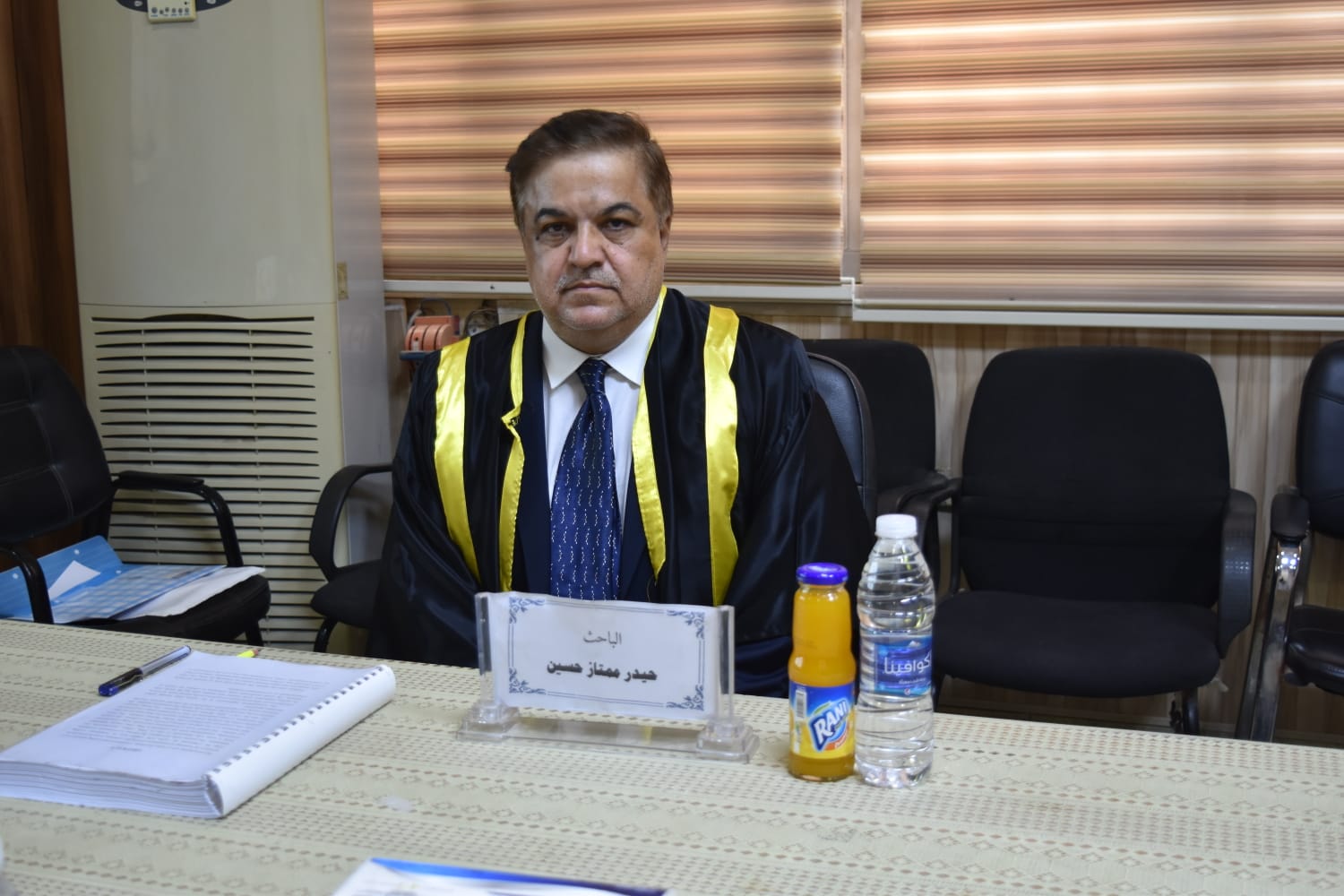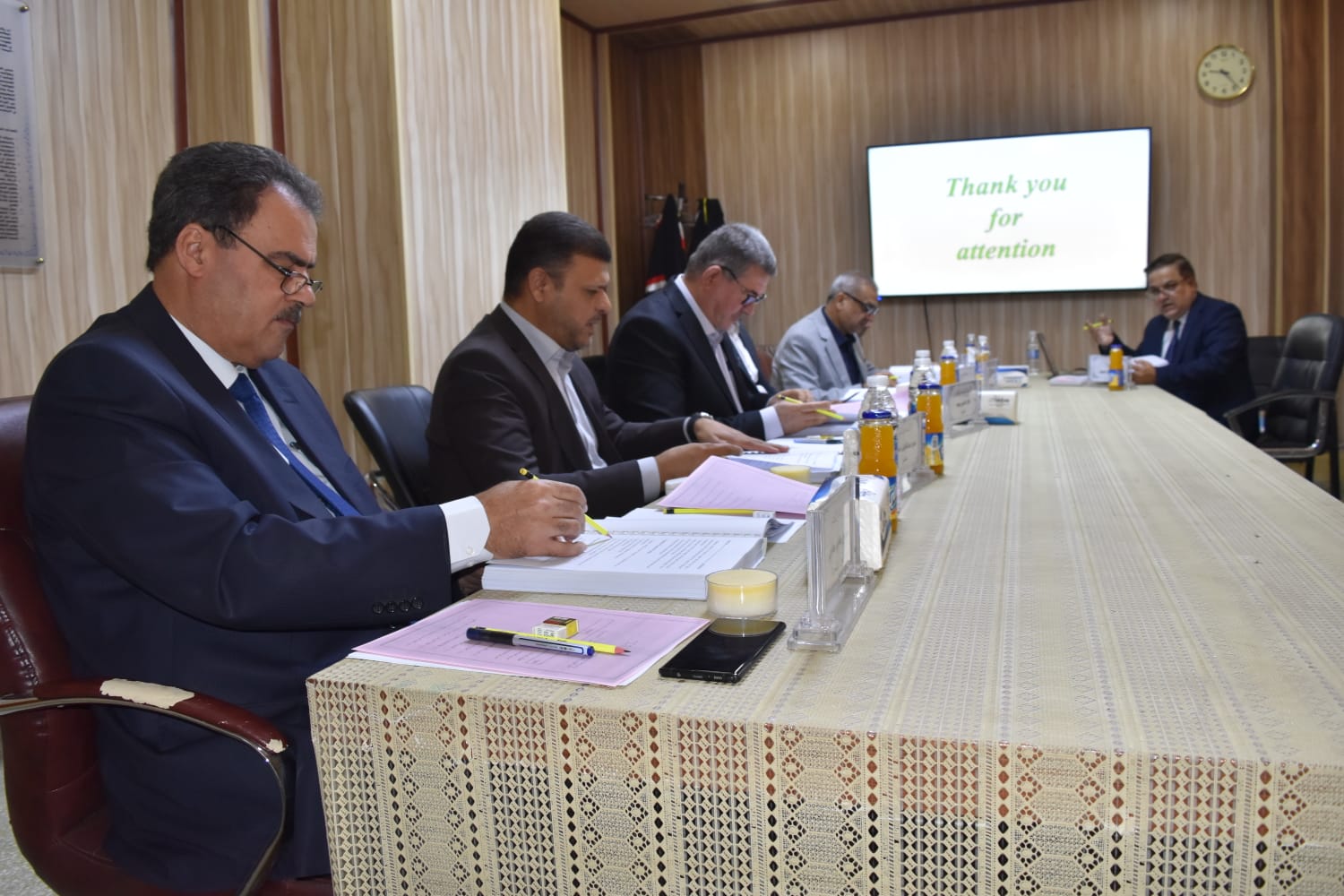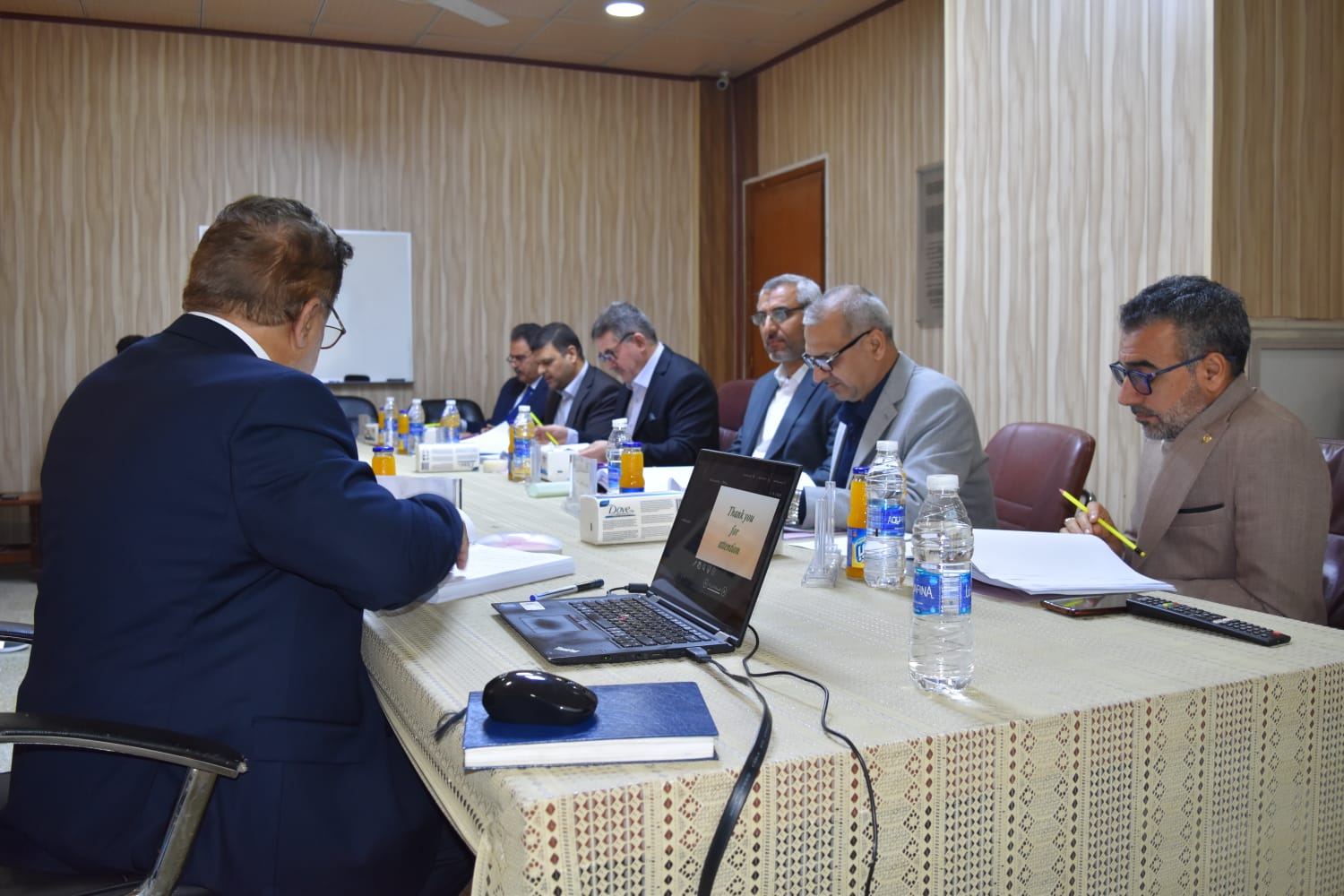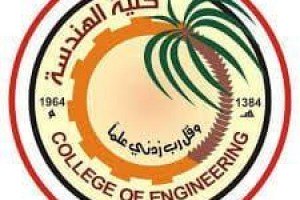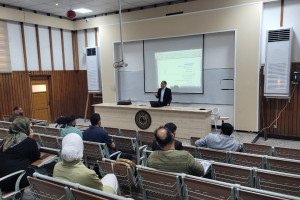
A doctoral thesis by student Haider Mumtaz Hussein was discussed in the College of Engineering at the University of Basra entitled (Researching the use of an evaporative air cooler with a compressive refrigeration unit to improve the thermal environment inside buildings in Iraq) for a room designed with dimensions (m length x 3 m width x 2.5 m height 4). Conducting experimental and numerical investigations in three cases for the five hot summer months. The first case consists of simulating internal conditions by adding a window-type compression cooling unit only, and the second case consists of simulating internal conditions by adding only an evaporative cooling unit. The third case simulates internal conditions by adding a direct evaporative cooling unit and combining it with a window-type compression refrigeration unit. The performance of these systems with the three cases was examined experimentally across a wide range of outdoor design conditions (35-50) DBT (35-50) C and (25-10) RH%. The parameters tested in indoor conditions were the influence of RH rates, internal temperatures, and Indoor air, the thermal comfort index (PMV), and calculating the productivity of water resulting from withdrawing cool, humidified air from the air-conditioned room (production of water). The study addressed various challenges, namely: reading the temperatures of the external walls numerically, the heat generated internally from external solar radiation and the ambient external weather temperature, Energy saving and very high weather temperatures. Processes have been developed. Numerical simulation of solving governing equations in three dimensions
Using the ANSYS (FLUENT) program version (22.R1), the thesis aims to improve the internal condition and performance of air conditioning systems in hot weather, experimentally and numerically, by using direct evaporative cooling and integrating it with a compression cooling unit. The thesis concluded that it is possible to operate the system in all cases, and the water productivity varies between cases. Also, the thermal comfort index is good for all cases, and the best acceptability is the third case over the five summer months.The numerical results using the CFD model also showed good agreement with the
experimental results.
